How to Free Up Hard Disk Storage on MacOS and Mac OS X
These tricks will help you get free space on your MacOS and Mac OS X devices. You don’t need to purchase external hard drives or delete files you would prefer to keep.
Back in the time of hard drives we all had lots of space on our Macs. Nowadays SSDs and flash drives limit us to a much smaller capacity. Some Macs have only 128GB of storage. And, if you want your Mac to work smoothly you need to keep 10% of your hard disk space free at all times. So, if you are out of space, it would really hamper your performance.
Lately, we examined all the possibilities for cleaning up storage on MacOS and Mac OS X. What is even more interesting is that we successfully managed to clean up 40GB of our 128GB MacBook Pro. If you like to free up hard disk storage on your Mac, take a look at the rest of the article. Here I will explain to you the best ways to clean up your Mac OS and Mac OS X.
Check How Much Free Storage You Have
Before we jump to the first trick for freeing up disk memory, let’s check how much free storage you have.
- Open Disk Utility (Open Finder, tap on Applications, then Utilities, and double-click on Disk Utility)
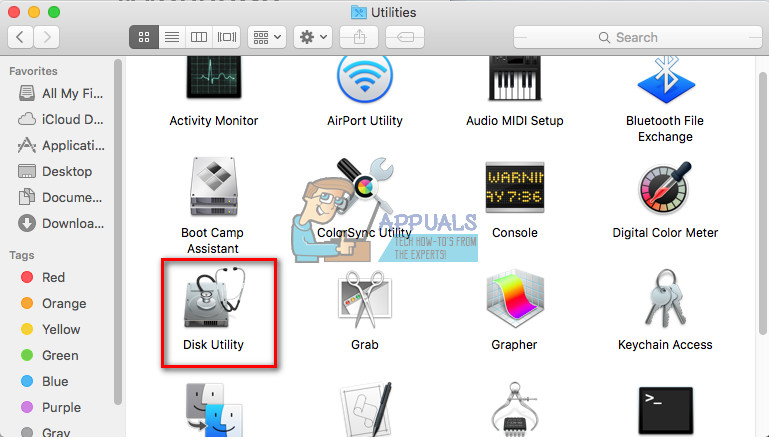
- Click on your disk, and you will see the info for your storage.
Here you can see how much space on the disk takes your apps, photos, audio files, movies, etc.
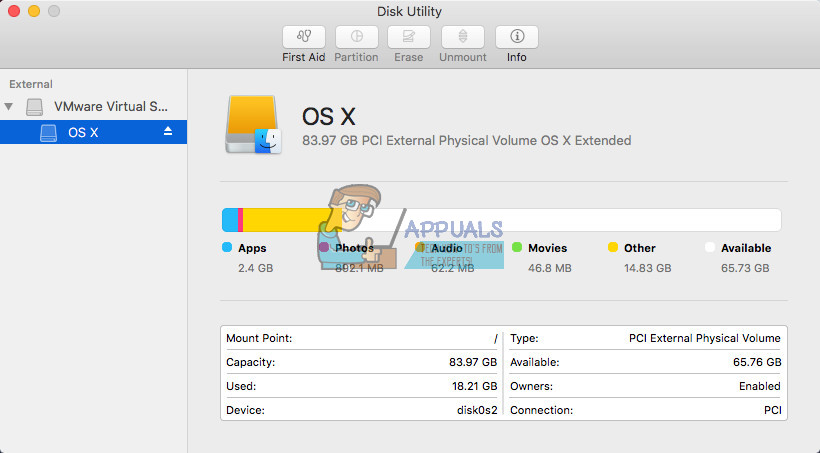
Delete Items in Trash
Usually, when we don’t need some files, we move them in Trash. But if we don’t delete items from Trash they still take up space on our disk memory. So, make sure you clean up Trash regularly.
- Open the Finder menu.
- Click on Empty Trash.
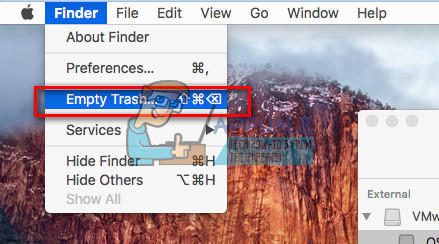
Additionally, keep in mind that some applications, such as iMovie, Mail, and iPhoto have their own Trash folders. If you want to empty their trash too, here are the steps.
iMovie
- Open the file menu in iMovie.
- Click on Move to Trash or File.
- Select Move Rejected Clips to Trash.
iPhoto
- While in iPhoto, click on iPhoto.
- Select Empty iPhoto Trash.
Instead of erasing, you may want to achieve your email. You can see how to do that in the section Compress Large Files. Otherwise, here is the erasing procedure.
- Open the Mail
- Right–click on Trash.
- Choose Erase Deleted Items.
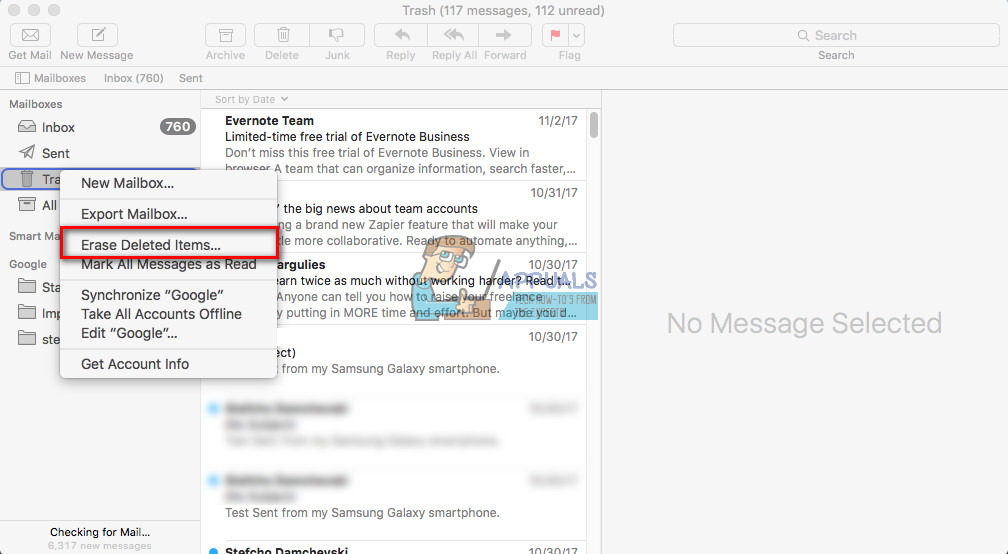
Erase Downloads
Downloads is the place where your Mac stores all the files you download from the internet. Most of the downloaded files are documents, videos, images which you may not use anymore. So, if you want to delete these items,c here is what you should do.
Note: Before deleting the Downloads folder check again to make sure that you do not need any of the files and folders inside. Now let’s remove the unwanted files.
- Open Finder and click on Downloads.
- Drag any file or folder you do not need to the Trash icon in the Dock.
- Right-click on the Trash icon and select Empty Trash.
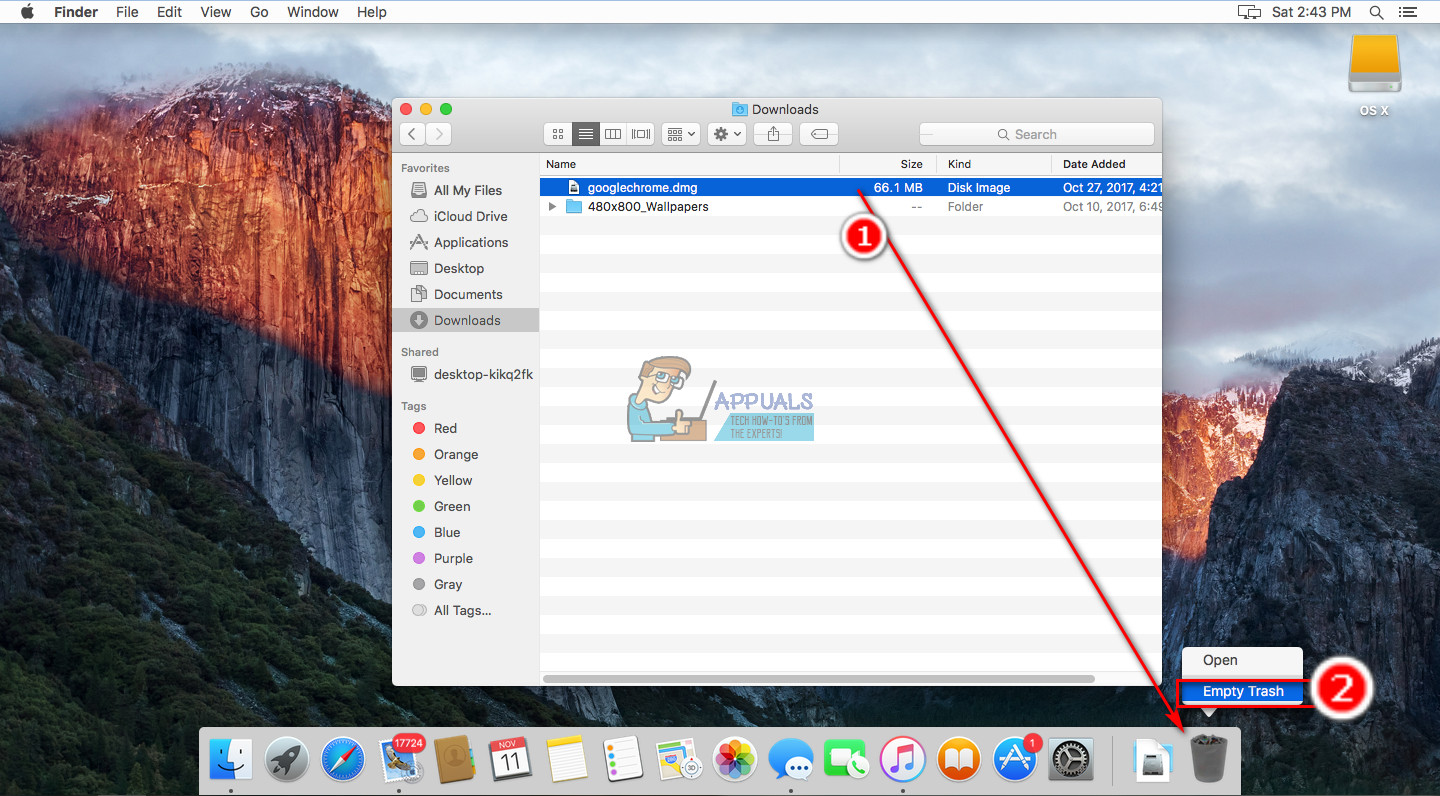
Delete the Apps You Don’t Use
Sometimes we install an app, we use it only once and never again. The best practice for cleaning up space on your disk is to delete the apps you don’t use.
- Open Finder and navigate to Applications.
- Right-click on any app that you no longer use, and select Move to Trash.
- Now, Right-click on the Trash icon and choose Empty Trash.
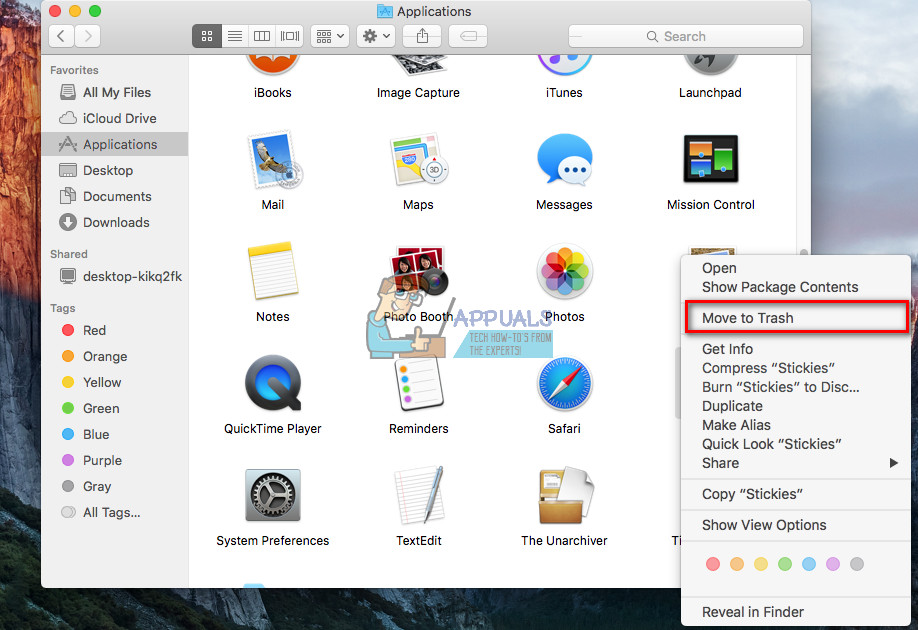
If you want to uninstall/erase an app that you have purchased from Mac App Store, follow these steps.
- Open Launchpad.
- Press and Hold down the app that you want to uninstall.
- When the icons start jiggling, click on the delete (x) button.
- If the app you want to delete does not have a delete button, drag it to the Trash icon on the Dock and then Empty the Trash.
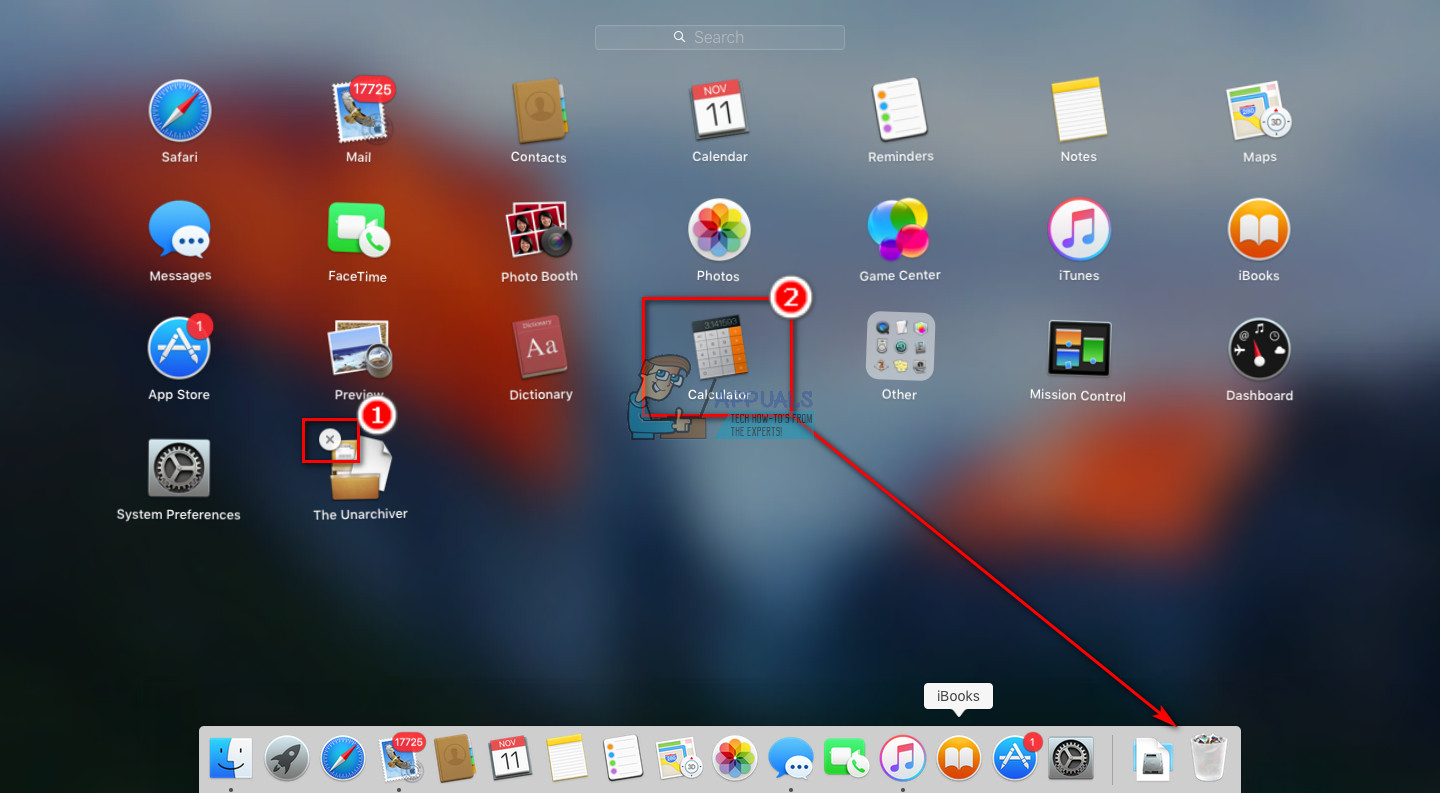
Move Files to a Cloud or External Disk
Another way to free up disk storage on your Mac is to move files to a Cloud or External disk. If you own an external hard disk, you can use it to store some of the videos, pictures, or documents from your Mac. Additionally, you can even get cheap DVDs and store many vides, songs, and documents.
Use the macOS’s Storage Tools
The latest macOS versions Sierra and High Sierra have tools that will help you clean up the junk from your Mac. Here is how can you use these tools.
- Click on the menu and choose About This Mac.
- Open the Storage tab and click on Details.
Once you are there, you can try the new tools and enable the ones that fit your needs.
Store in iCloud
For many users, the best options to save their files is to upload them to a cloud drive. macOS has a handy feature that allows you to store your documents, desktop, photos, and videos in iCloud. Store in iCloud will automatically upload files on the drive, and that will free up your local storage.
Optimize Storage
This feature automatically deletes all the purchased iTunes TV shows and movies after you have watched them. That’s how it keeps your Mac’s memory free. Movies, especially the ones that are in HD format, are extremely large files, that’s why this feature can save tons of memory for you. And, if you are afraid that you may lose your purchased movies and TV shows, do not worry. They are still purchased in iTunes, and you can download them from there for free, anytime you want.
Empty Trash Automatically
As the name suggests, this feature deletes items from the Trash folder. If some file or folder is in the Trash folder longer than 30 days, it will be automatically deleted.
These tools can be convenient if you know how to use them properly. However, before activating them, make sure you understand how they work. That’s how you will be able to adjust them to your needs and get the best results.
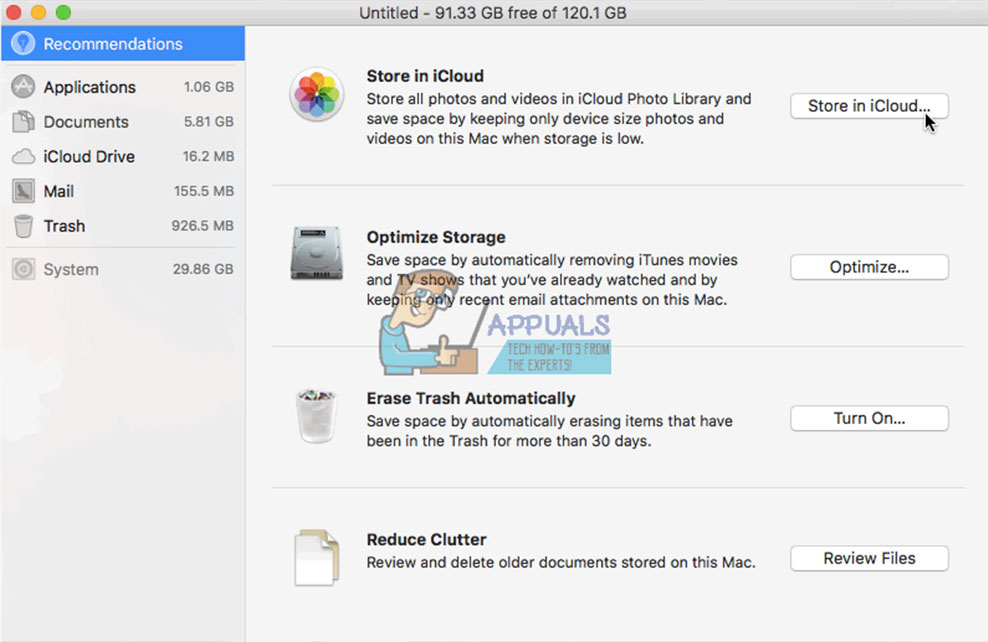
Compress Large Files and Folder
Compressed files take up less storage space than regular files and folders, and that’s why they are called compressed after all. So, using them is just another way how to free up hard disk storage on macOS and Mac OS X. Here you can learn how to locate and compress large files on your Mac.
- Open
- Click on the Gear icon and select Show Search Criteria.
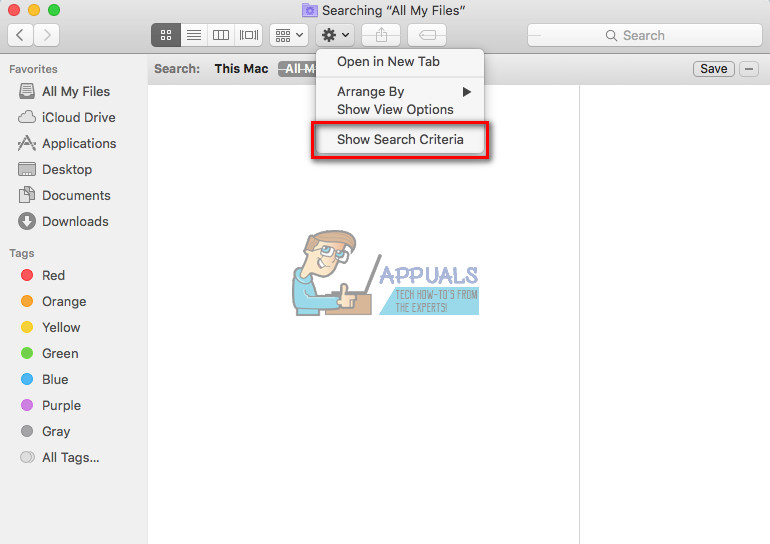
- Now, in the first column choose File Size and in the second one is greater than.
- Enter the file size you want (g., 500MB), and find all the items that are larger than 500MG.
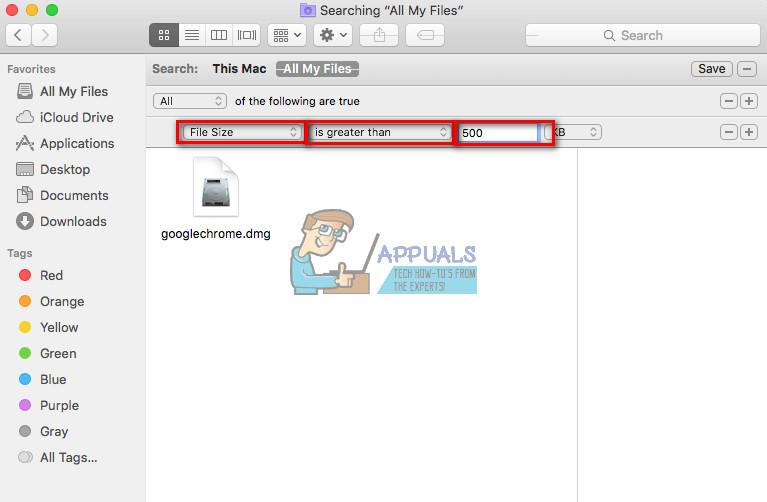
- To compress the item, right-click on it and choose Compress.
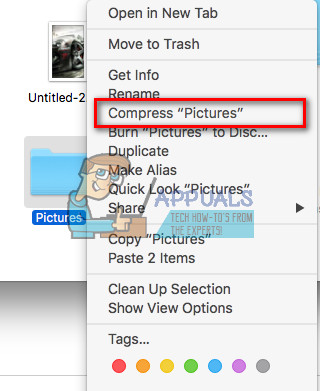
If you want to archive emails, open the Mail app and follow the steps below.
- Select the folder you want to archive. (g., the Inbox folder)
- Drag the folder to your desktop, and you will see a mbox
- Right–click on this folder and select the option Create Archive of ‘mbox.’
- You’ve just achieved your folder. Now you can delete the messages from the Mail app.
Delete System Caches, Logs, and Temporary Files
You can use third-party apps for deleting temporary files, system logs, and caches from your Mac’s memory. One app that I found useful is MainMenu, but there are many others that you can get for free. Download and install the app and run the maintenance scripts to free up disk storage.
Delete Your Browser’s Cache
As we use our Macs for browsing the internet, our browsers store tons of files. You can delete these files and free up memory from your macOS. If you are using Safari as your internet browser, you can do the following steps to delete your browser’s cache.
- Launch Safari and click on Safari on the menu.
- Choose Preferences.
- From the windows that appear, open the Privacy
- Click on the button Remove All Website Data and then click Remove Now.
The procedure is similar for the other popular internet browsers like Chrome and Firefox.
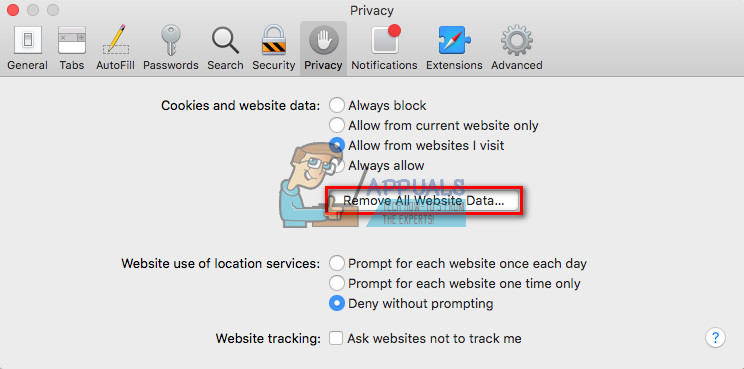
Wrap Up
Now, let’s face it. No matter how much memory you have on your Mac, one day you will definitely need a proper way for freeing up space. These tricks are the ones that I found most useful for me. So, I highly recommend you to try them whenever you want to free up your hard disk storage on macOS or Mac OS X. Pick the ones that best fit your needs and share your experience with us. Also, tell us if you know any other method for freeing up space on Mac computers.